Ala-Tey burial ground
Burial mound from Xiongnu period from the 2nd century BC – 1st century AD. Here are very rich, unlooted burials of Huns that were created at the period when this culture started the Great Migration and arrived here from some region in Northern China. The burial mound is endangered by the flooding due to hydropower plant and there are on-going salvage excavations to extract the information before it is lost.
Terezin burial ground
Burial mound from the 2nd century BC – 1st century AD. Here have been made very interesting finds of Hun culture including a body of a partly mummified woman with rich garments and jewelry including a belt buckle with has been nicknamed “Natasha’s iPhone” due to its similarity to a phone case. The burial mound is endangered by the flooding due to hydropower plant and there are on-going salvage excavations to extract the information before it is lost.
Tokhung-ri Mausoleum
A royal burial mound, built in 408 AD. Contains decorative paintings showing daily scenes and star constellations.
Kija’s Tomb
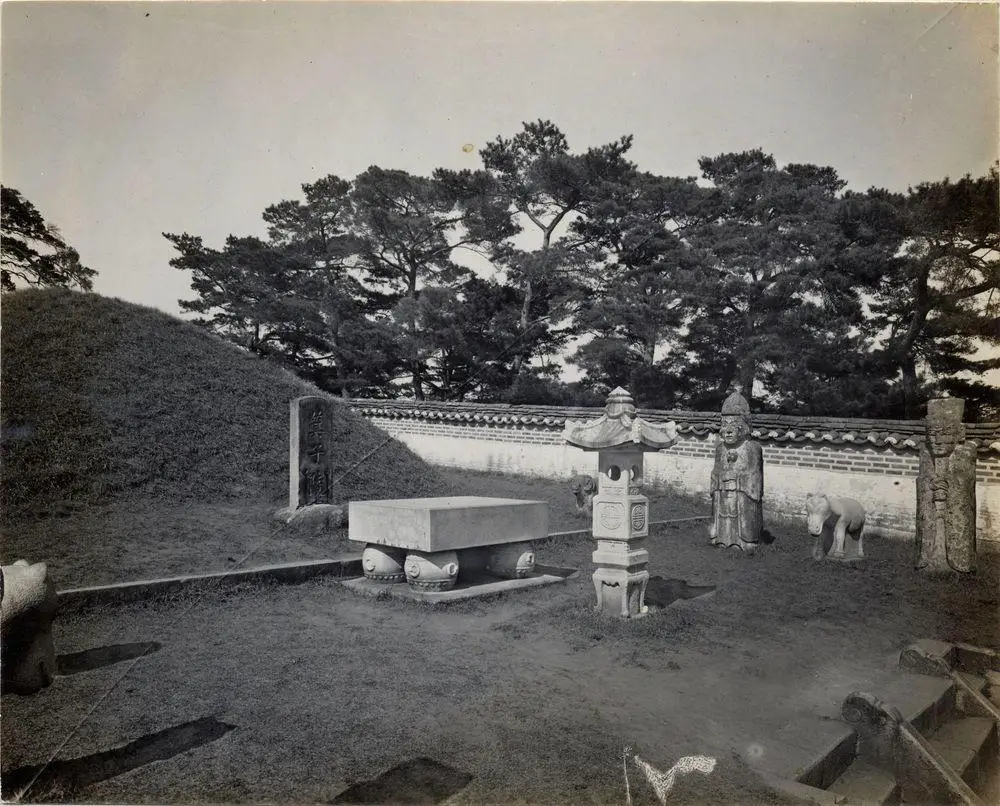
Medieval burial hill. According to legends here is buried Jizi, the legendary first ruler of ancient Gojoseon and founder of Pyongyang in the 11th century BC. Memorial temple was added next to this mound in 1102. Most likely destroyed now.
Kangso Three Tombs
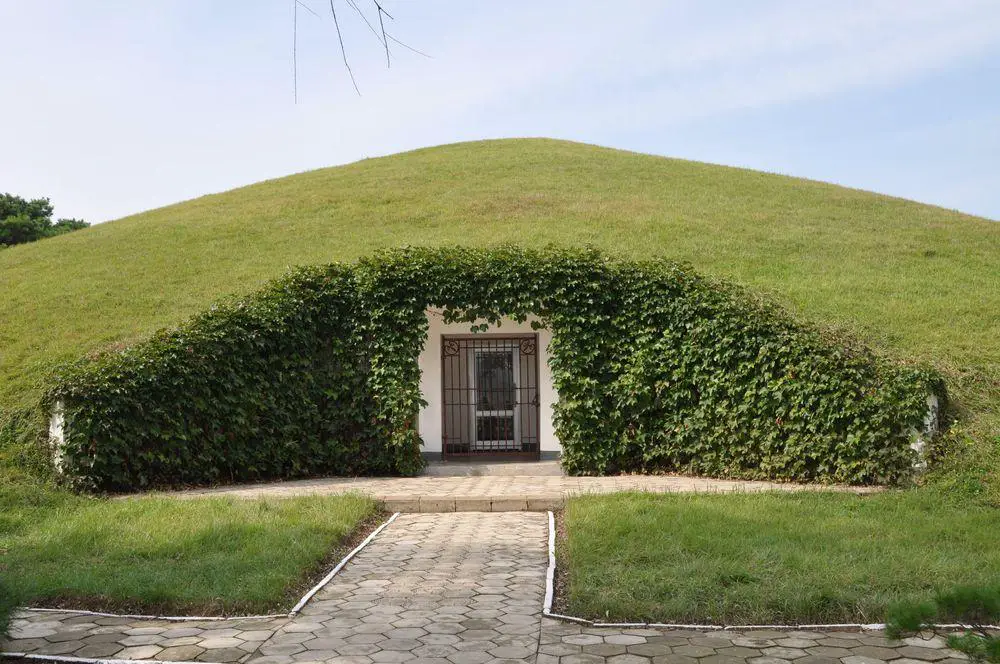
Three mounds – mausoleums from the 7th century. Contain murals that show mythical beings.
Dangun Mausoleum (Tangun)
Purported tomb of Dangun – the founder of the first Korean kingdom. The enormous complex includes the 22 m high and 50 m wide burial pyramid, which was built at least 5 000 years ago. The complex includes numerous sculptures.
Anak Tomb No.3. (Kogukwon Mausoleum)
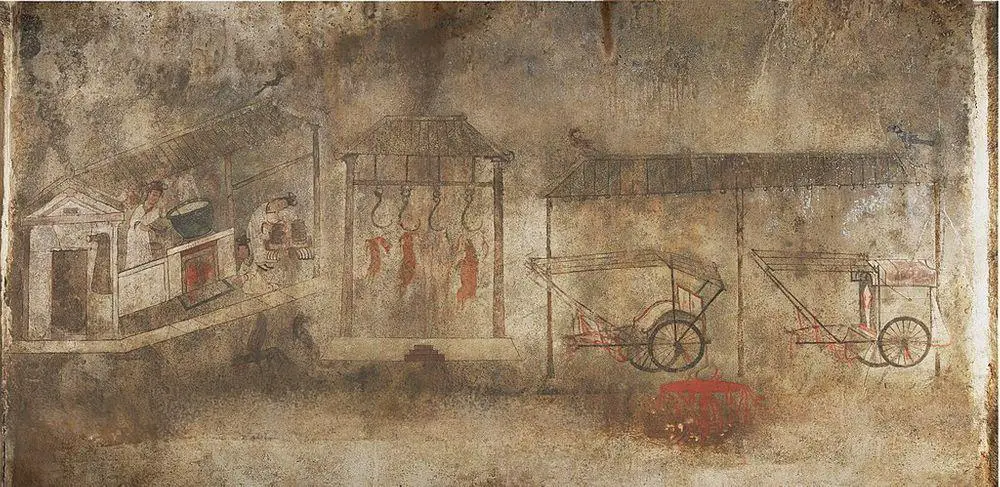
Mausoleum of Goguryeo from 357 AD, with valuable inscriptions and fine murals.
Tomb of King Muryeong
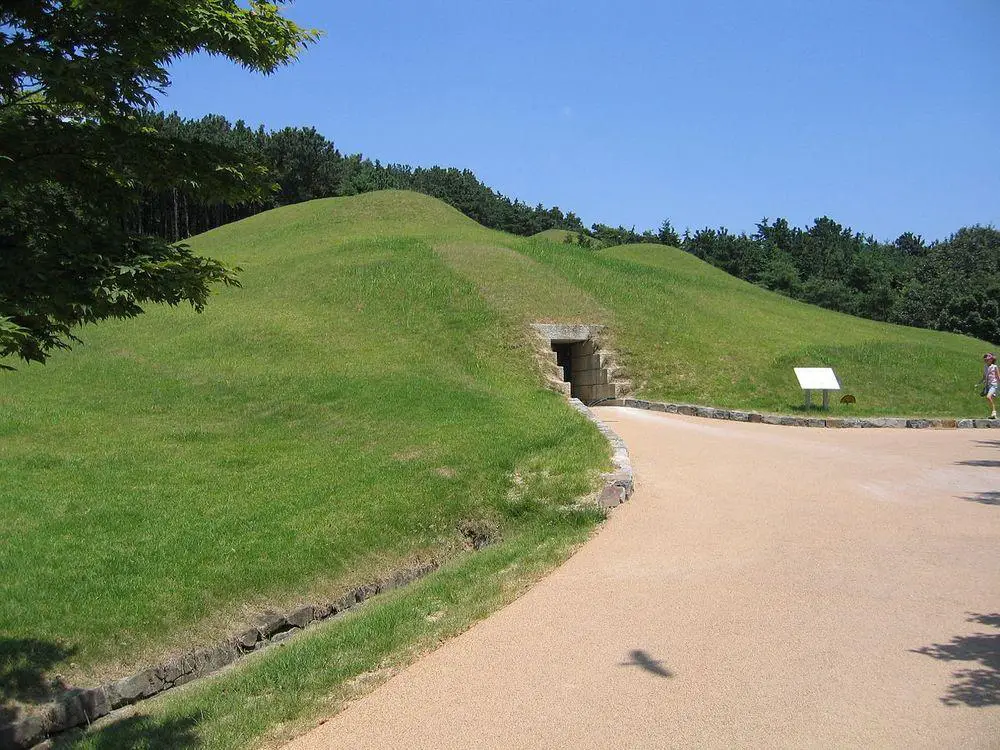
Burial of the ruler of Baekje Kingdom in 501 – 523 AD. This tomb was found intact and has been one of the most interesting archaeological discoveries in the history of South Korea.
Haman tumuli (Malisan tumuli)
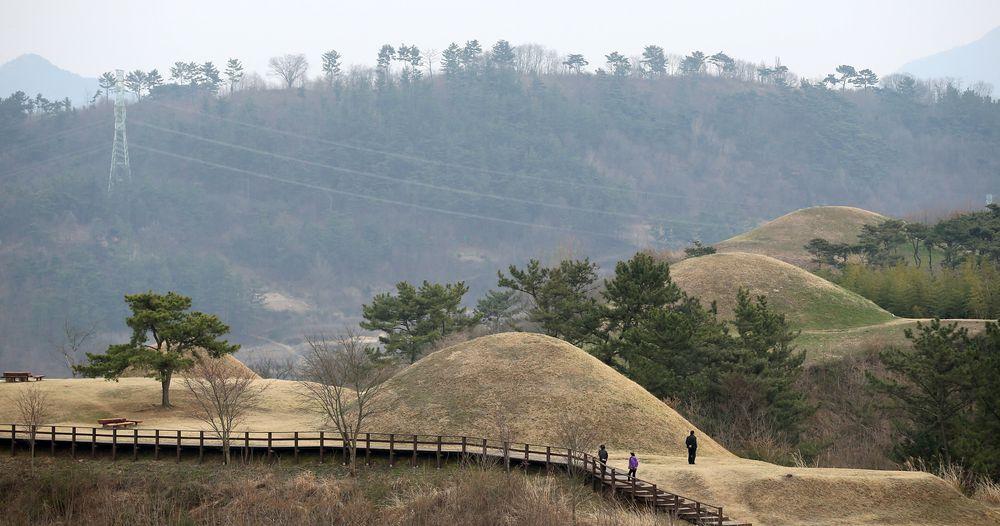
Hundreds of smaller and larger burial mounds – burials of the kings and nobleman of Gaya state.
Goryeong Jisandong Tumuli
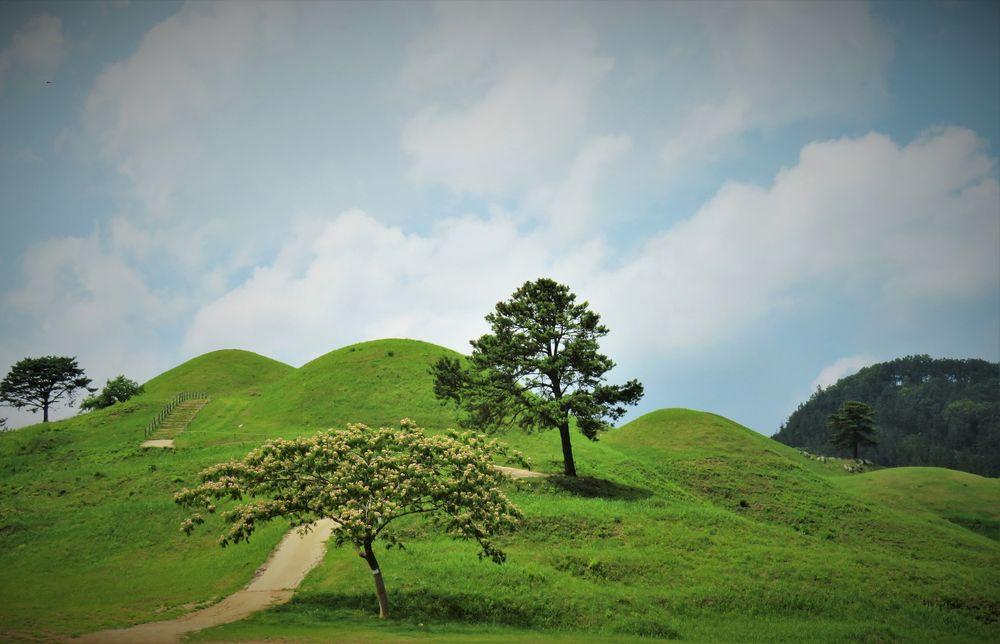
Group of nobleman’s burials from the Daegaya period, built in the 4th – 6th century AD. Thus far are known 704 burials with diverse designs.
